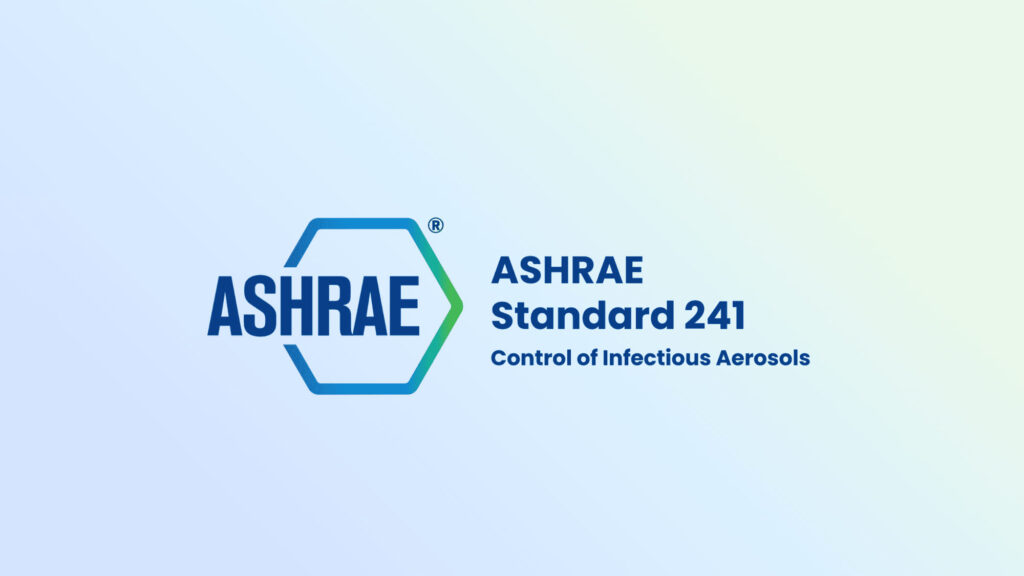CDC Guidelines: The Importance of Air Exchange for Health Safety

Understanding the CDC’s Role As America’s frontline defense in public health protection, the Center for Disease Control and Prevention (CDC) is the nations’s leading public health institution. T he CDC’s mission encompasses everything from disease prevention to public health guidance. Their expertise spans multiple areas, including: Monitoring and responding to disease outbreaks both domestically and globally […]
ASHRAE 241: Understanding the Standardized Testing Protocol

The introduction of ASHRAE 241 marks a significant advancement in how we evaluate indoor air cleaning technologies. While our previous post provided a comprehensive overview of the standard, we’ll dive deep into its groundbreaking testing protocol and why it matters for facility managers, building owners, and indoor air quality professionals. The Problem with Traditional Testing […]
